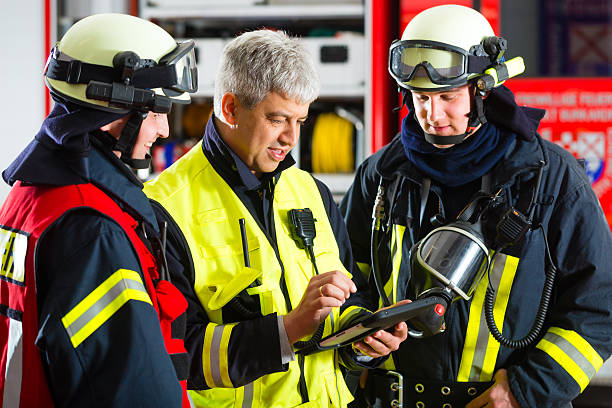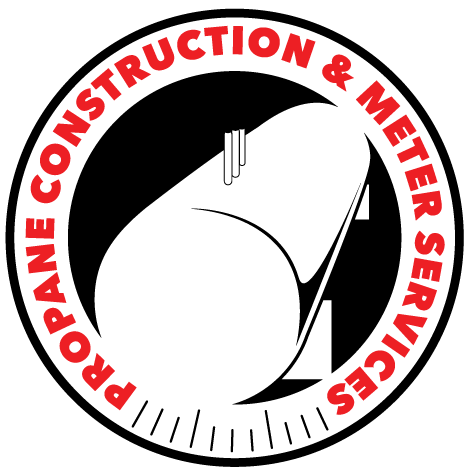Managing Propane Emergencies Effectively

Adopting Safety Measures for Propane Incident Response
Emergency preparedness is not just a regulatory requirement in the propane industry but a crucial aspect of operational safety and customer trust. Effective management of propane emergencies involves specific procedures and best practices designed to mitigate risks and ensure swift, safe responses. This article outlines essential practices for handling propane emergencies, emphasizing the importance of safety, training, and communication.
Establish Clear Emergency Procedures
Develop Comprehensive Plans: Create detailed emergency response plans tailored to various scenarios, including leaks, fires, and environmental releases. Ensure these plans are accessible to all employees.
Regular Training: Conduct regular training sessions for staff on emergency response procedures, including evacuation routes, emergency contact numbers, and first-aid measures.
Safety Equipment: Equip all facilities and vehicles with appropriate safety equipment, such as fire extinguishers, gas detectors, and personal protective equipment (PPE).
Prepare for Immediate Action
Leak Detection: Train employees and customers to recognize the smell of propane and to know the steps to take if they suspect a leak, including evacuating the area and calling emergency services.
Shut-off Protocols: Ensure that employees know how to safely shut off propane supply valves in case of a leak or other emergencies.
First Aid and Medical Attention: Provide basic first aid training to employees, emphasizing the importance of seeking immediate medical attention for anyone affected by propane exposure.
Coordinate with Local Emergency Services
Establish relationships with local fire departments, emergency medical services, and relevant agencies. Familiarize them with your operations and emergency plans.
Share Information: Provide local emergency responders with information on your propane storage locations, quantities, and the properties of propane.
Joint Drills: Participate in emergency response drills with local agencies to ensure coordinated and effective response strategies.
Communicate Best Practices
Internal Communication: Implement a reliable system for quickly informing all employees of an emergency, using multiple channels to ensure the message is received.
Customer Communication: Inform customers about how to respond to propane emergencies, including the importance of not attempting to tackle fires or leaks themselves.
Public Communication: Designate spokespersons trained to communicate with the media and the public during emergencies. They should be skilled in providing accurate information without causing panic.
Analyze and Report Post-Emergency
Incident Debriefings: After an emergency, conduct debriefings with all involved parties to discuss what happened, what was done well, and what could be improved.
Regulatory Reporting: Fulfill all required reporting to regulatory agencies promptly, providing detailed accounts of the incident and response actions.
Lessons Learned: Update emergency plans and training programs based on the insights gained from the incident analysis.
Take Preventative Measures
Regular Inspections: Conduct regular inspections and maintenance of propane storage, handling, and delivery equipment to identify and rectify potential hazards.
Safety Audits: Periodically perform safety audits to assess compliance with industry standards and regulations, making any necessary adjustments to enhance safety measures.
Safety as a High Priority
Handling propane emergencies effectively is a multifaceted responsibility that involves preparation, rapid response, and post-incident analysis. By adhering to best practices for emergency management, propane businesses can protect their employees, customers, and communities while maintaining the integrity of their operations. Safety, training, and communication are pillars of a robust emergency response framework, ensuring that the coordinated response is efficient and effective when emergencies arise.
















